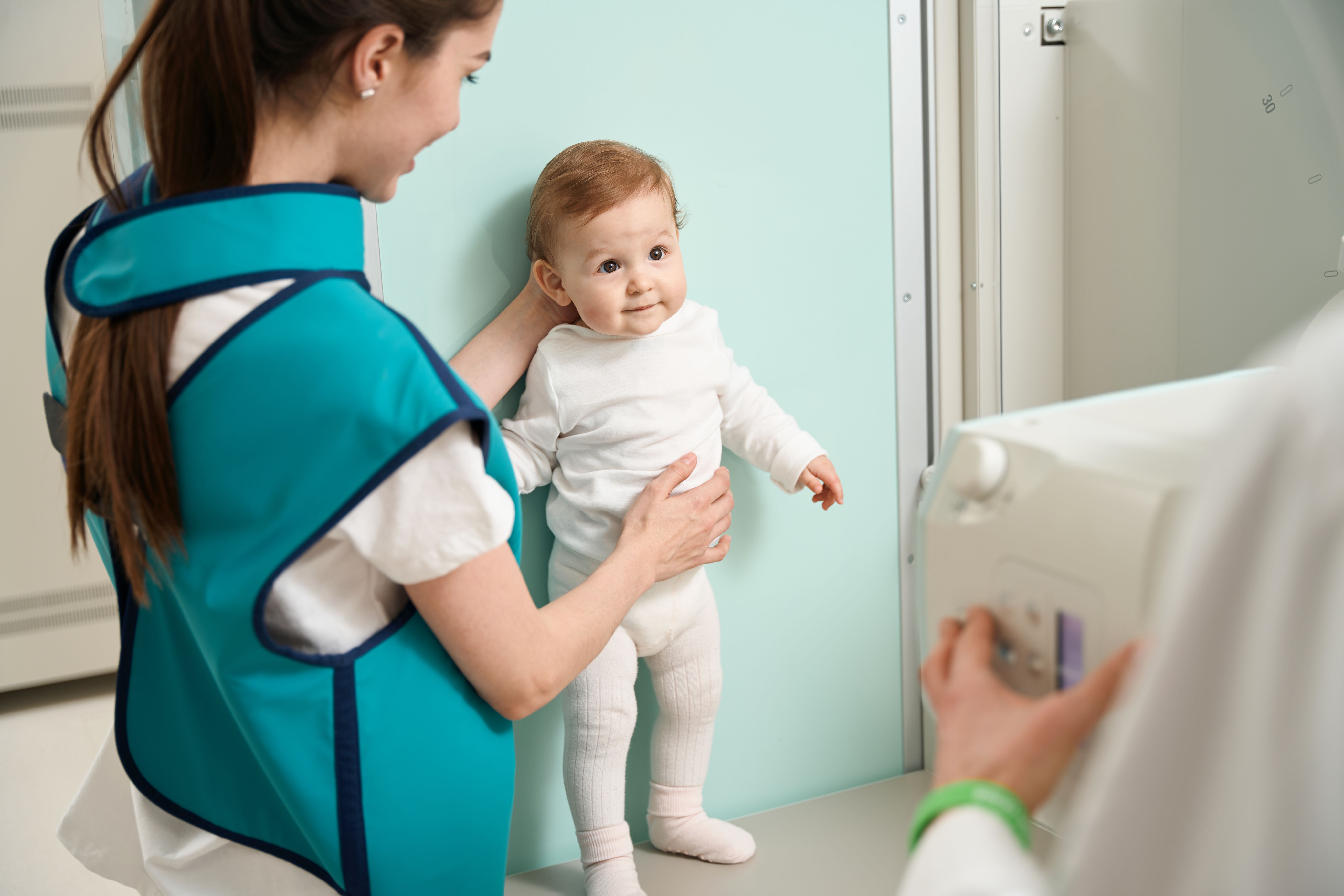Article
Researchers Find Strong Overlap of Upper Airway Diseases
Author(s):
There was also an association between outpatient visit burden and comorbidities and the number of inflammatory upper airway diseases.
There is a strong overlap of upper airway diseases, and patients with these diseases also have a high relative proportion of other comorbidities, according to research published in Clinical and Translational Allergy.
Researchers from the University of Helsinki utilized hospital registry data to evaluate the relative proportion of nonsteroidal anti-inflammatory drug–exacerbated respiratory disease (NERD) and other comorbidities for patients with allergic rhinitis (AR), nonallergic rhinitis (NAR), acute rhinosinusitis (ARS), and chronic rhinosinusitis with nasal polyps (CRSwNP) and without (CRSsNP), as well as the impact on the burden of outpatient visits.
These chronic inflammatory sinonasal diseases and NERD “carry a significant health and economic burden,” the authors noted. “Although inflammatory upper airway diseases have been shown to have a significant socio-economic impact, their outpatient visit burden has been scarcely studied.”
The study included a random sample of 5080 patients (33.5% AR, 27.5% NAR, 27.2% ARS, 20.7% CRSsNP, and 10.9% CRSwNP) who had received their diagnosis between 2005 and 2019. Data were collected through electronic health records. The mean follow-up time across all groups was 8.0 years in children and 8.6 years in adults. A majority (56.1%) were female and the mean (SD) age was 33.6 (20.7) years.
They found:
- Patients with AR were the youngest and had the lowest number of visits during the follow-up
- Patients with CRSwNP had the highest number of visits during follow-up and were the oldest
- Patients with CRSwNP were mostly male (60.5%), whereas the other groups were mostly female
In 89.6% of cases there was at least 1 other comorbidity present. Asthma was the most common comorbidity (44.4%), with the CRSwNP group having the highest proportion (48.6%). Patients with CRSwNP with acute exacerbations had the highest relative proportion of most other diseases, the researchers noted.
While NERD only existed in 3.9% of all patients, 17.7% of patients with CRSwNP also had NERD.
“We detected that AR/NAR/ARS/CRS diagnoses were co-existing in about [one-]fifth of the present cases,” the authors wrote. “Previous studies have confirmed the overlapping of these conditions, although they differ in etiopathology, risk factors, and clinical picture.”
Other common comorbidities were musculoskeletal diseases (38.4%), cardiovascular diseases (35.7%), and mental disorders (18.9%). Patients with recurrent ARS had the highest proportion of musculoskeletal diseases (49.7%) and mental disorders (22.3%), whereas patients with CRSwNP had the highest proportion of cardiovascular diseases (41.3%).
During the follow-up, the mean number of visits was 5.1 and the average time between 2 visits was 227 days. Patients with CRSwNP had the highest number of visits (10.2) during the follow-up and their time between visits was the shortest at only 196.6 days.
As the number of inflammatory upper airway diseases increased, so did the risk of hospital visit burden, the authors wrote.
While the large and random sample of patients included in the study was a strength, the retrospective nature of the study and potential inadequate data extraction due to coding were limitations. In addition, the study lacked a control group, data of symptom scores, and information about visits to general practitioners or others.
“Active management of syndromic upper airway diseases could have an advantageous socio-economic impact,” the authors concluded.
Reference
Nuutinen M, Lyly A, Virkkula P, et al. The relative proportion of comorbidities among rhinitis and rhinosinusitis patients and their impact on visit burden. Clin Transl Allergy. 2022;12(7):e12181. doi:10.1002/clt2.12181
Newsletter
Stay ahead of policy, cost, and value—subscribe to AJMC for expert insights at the intersection of clinical care and health economics.





